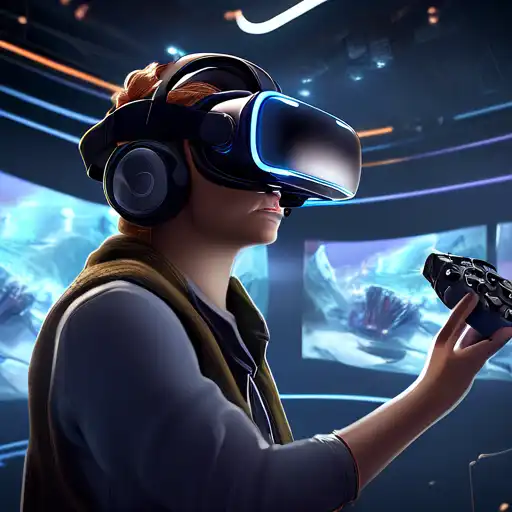Understanding the Complexities of VR Content Development
Virtual Reality (VR) has emerged as a groundbreaking technology, offering immersive experiences that were once the stuff of science fiction. However, developing content for VR presents a unique set of challenges that creators must navigate to deliver compelling experiences. This article explores the hurdles in VR content creation and offers insights into overcoming them.
Technical Limitations and Hardware Diversity
One of the primary challenges in VR content development is the technical limitations imposed by current hardware. VR requires high frame rates and resolutions to prevent motion sickness and ensure a seamless experience. Additionally, the diversity of VR hardware, from high-end PC-connected headsets to standalone mobile devices, means developers must optimize content for a wide range of specifications.
High Development Costs
Creating VR content is often more expensive than traditional media due to the need for specialized software, hardware, and skills. The cost of 3D modeling, spatial audio, and interactive elements can quickly add up, making it difficult for smaller studios to compete with larger companies.
User Experience and Interaction Design
Designing intuitive user interfaces and interactions in a 3D space is another significant challenge. Unlike 2D screens, VR allows users to move freely, requiring developers to rethink navigation, controls, and feedback mechanisms to ensure a comfortable and engaging experience.
Content Length and Engagement
VR experiences are often shorter than traditional games or films, partly due to the physical discomfort that can arise from prolonged use. Creators must find innovative ways to maintain engagement without overwhelming the user, balancing depth and duration.
Overcoming the Challenges
Despite these hurdles, the VR industry continues to grow, with developers finding creative solutions to technical and design challenges. Collaboration across disciplines, advancements in technology, and a focus on user-centered design are key to pushing the boundaries of what's possible in VR content creation.
For those interested in exploring more about VR and its applications, check out our articles on VR Technology Trends and Innovative Uses of VR.
Conclusion
The journey of developing VR content is fraught with challenges, from technical limitations to design complexities. However, by addressing these issues head-on, developers can unlock the full potential of VR, creating immersive experiences that captivate and engage users like never before.
